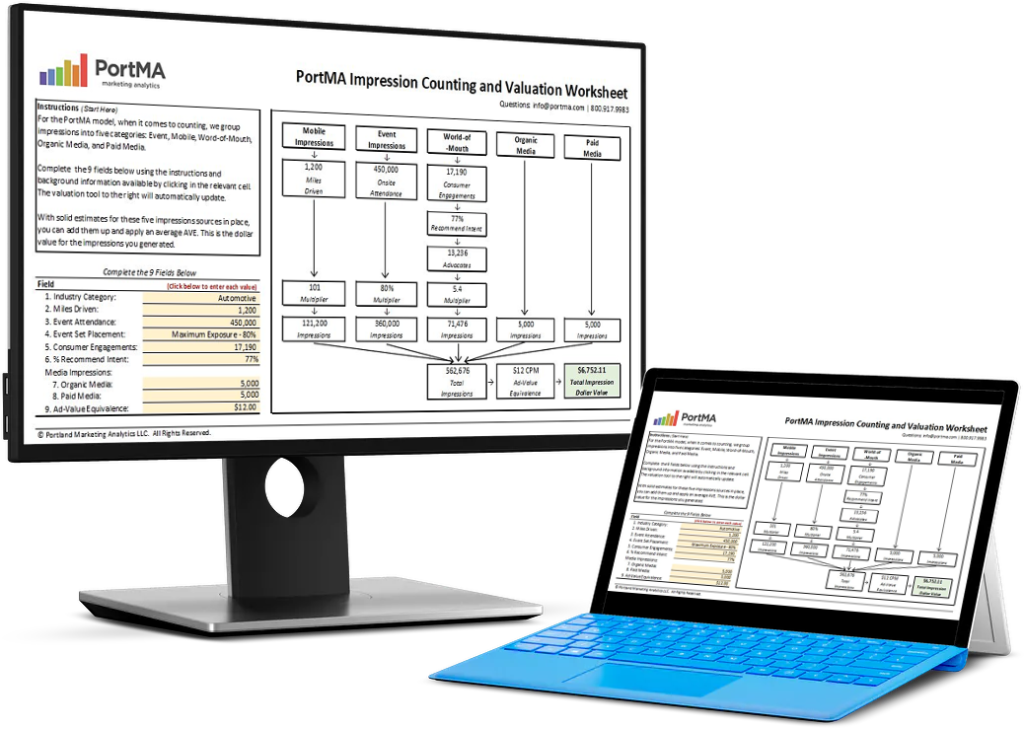
Who doesn’t like Maverick? Or were you team Iceman? Just kidding, we’re not going to discuss a 36-year-old movie. Instead, we will talk about is how using unorthodox techniques, exploring new approaches, and generally being independent-minded can change your game as an experiential marketer, and as a client.
We spoke with Matt Carle, VP Partnerships at GMR Marketing, about the early days of experiential marketing and how digital mediums have forced a change in analysis procedures. The following are the insights Matt shared with us.
Estimated reading time: 3 minutes
A Quick Word On Experiential Marketing
Experiential marketing aims to immerse potential customers with a brand at a deeper level. Rather than telling you about a product or service you try it out in a hands-on, real-life scenario. What you take away is your memory of the experience.
Experiential marketing as a concept is not new, but it has grown with the advent of digital marketing and the power of data. Remember trade shows? They were the earliest forms of experiential marketing – a place where you could go and see and try more new products than a shop could ever stock. It’s safe to say we’ve come a long way since then. Experiential marketers have countless new tools at their disposal, but their world has also got more complex.
(You can listen to the full episode of the podcast below.)
Early Experiential Measurement
In the early days of experiential marketing, the company that had the prettiest stand design had a good chance of winning “best in show”. This is because measurements of success were mostly limited to impressions; as in how many people had the opportunity to make contact with the brand.
In many cases, experiential marketers were acting on instinct and experience – as a maverick would. They tried what they thought might work and tried something else if they made a mistake, with success judged by event impressions.
However, even impressions were not measured rigorously. Add to that the fact there was rarely much method behind counting impressions, making it hard to gain real insights from the numbers.
Digital Marketing Forces A Change
With the advent of digital marketing, experiential marketing was forced to prove itself. It was no longer enough that customers had had a great time at an event, for example. Clients and finance departments wanted to see harder metrics to prove just how powerful experiential marketing could be when it comes to creating lasting connections.
Paying attention to numbers on a daily basis would have been a big step for countless experiential marketers, but also a fantastic opportunity in the long term. Initially, marketers gathered, analyzed, and presented data to the holders of the purse strings. It helped agencies secure client budgets by showing the impact their activity would have on customers in black and white.
But, as maverick marketers looked at the data more closely, they started to see the stories behind the numbers. They would review the data on a daily basis to gain better insight. The potential became clear to optimize and to deliver a better result tomorrow than today. Now, they just needed clients with an equally open mindset.
Stay tuned for Part Two of our discussion with Matt Carle as we discuss how data has created endless opportunities in experiential marketing and why maverick clients are leading the charge. For more information about GMR Marketing visit their website at www.gmrmarketing.com.

Download the Free Spreadsheet Tool
CALCULATE THE DOLLAR VALUE OF EVENT IMPRESSIONS
PortMA Impression Counting and Valuation Worksheet
Download this spreadsheet and complete the fields for your campaign to get a clear count of your activation impressions translated into a Dollar Value of Marketing
Impression Spreadsheet
